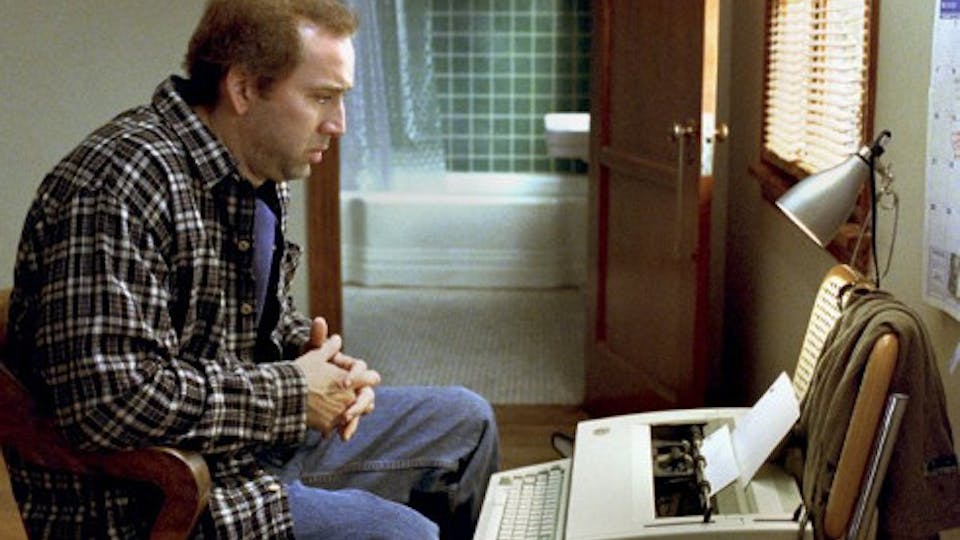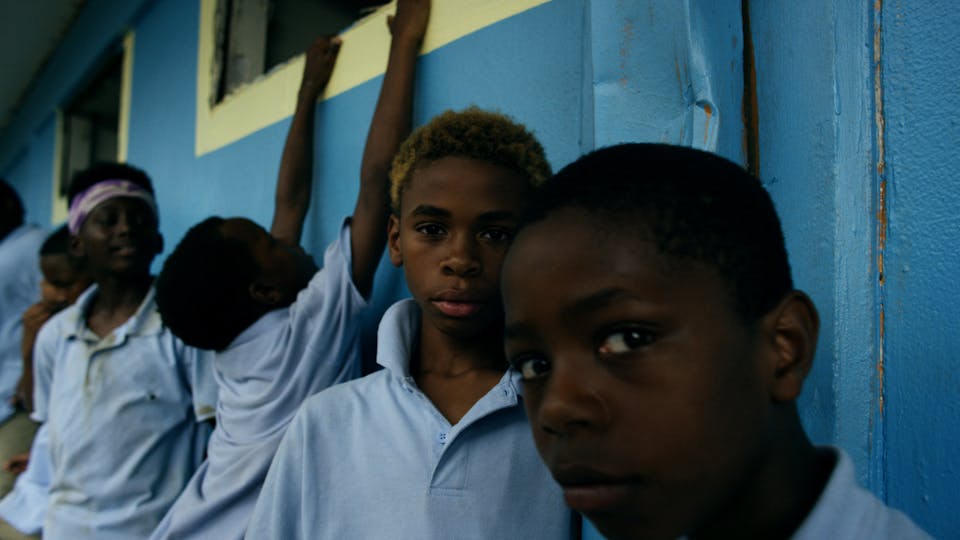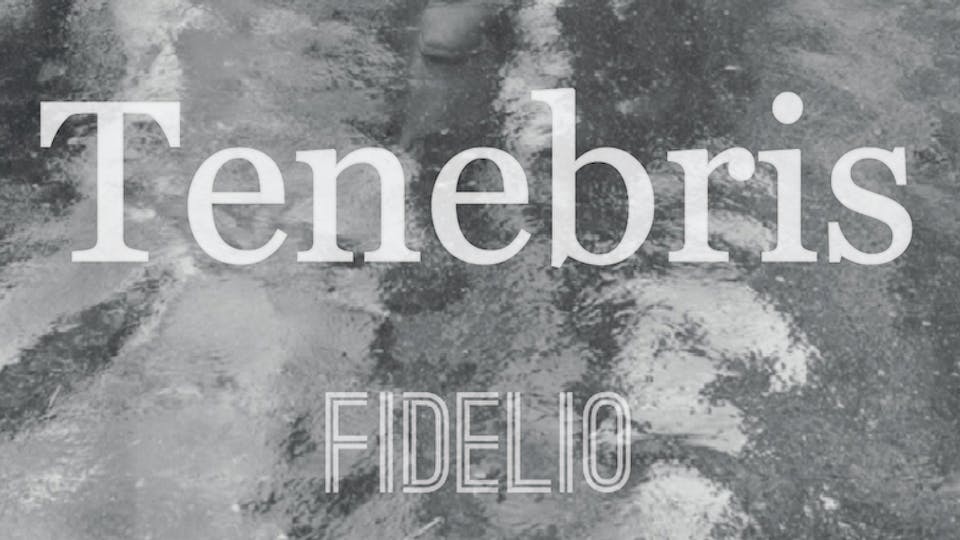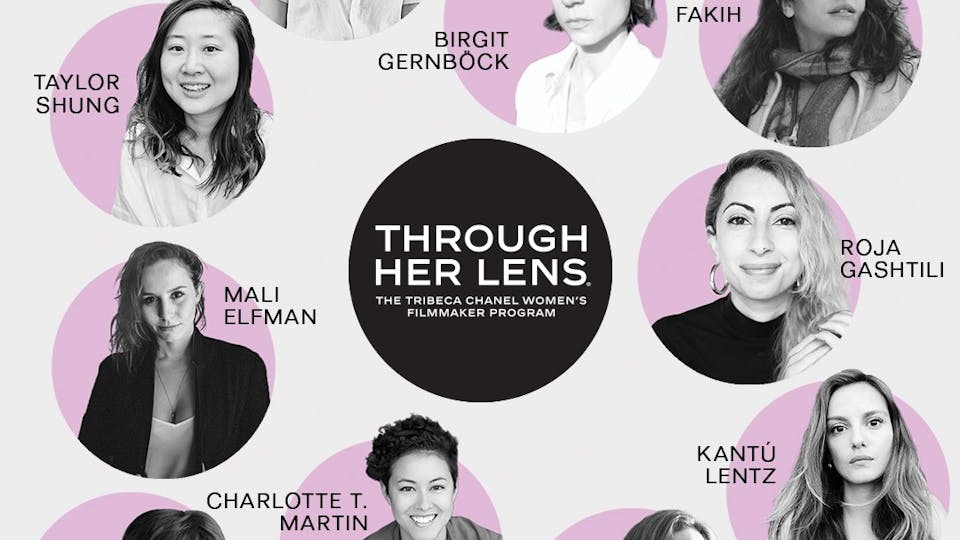Pro Tips: How To Succeed At Grant Proposals

I went around the office to get some nuggets of wisdom from our staff on the best ways to tackle our application process. Here's what they dished:
Scripted Department
Your synopsis should be 200 words tops. Include two short work samples and always include a link to your Vimeo page or personal website with additional links so we can explore what you’ve done. And keep the links open through February.
Documentary Department
DO -- Turn your treatment into a visual document. If strong aesthetics are an asset to your film, use them in your treatment. Forcefully emphasize the access you’ve secured for your story throughout your application and in your treatment. It is one important element that will distance your project from many others. And demonstrate on your submitted footage sample what the tone and mood of your film will be. Even if you’re still early in development – show us in your sample your keen sense of storytelling.
DO NOT -- Align your story with other well-known films in order to try to communicate what your film is about (“My documentary is The Thin Blue Line meets Project Nim.”). Step out of the pack and assert your own vision. Do not send us long manuscripts or ancillary materials of your project that we didn’t ask for. Stick to the requirements outlined in our website. Do not submit a brief/meager footage sample when you’re already at a rough cut stage. The footage sample should reflect where you are at currently with your film, and present your story’s environment and subjects in a palpable way.
DO -- Focus on a contemporary social issue. Include mockups or prototypes of your project. Explain the user journey. We are curious to know how the story, design and technology work together to create a unique user experience. Apply with a team of key members who will be working with you to build the interactive elements of your project.
DO NOT -- Forget to attach your budget. If your project involves a linear film, don’t include it in your request for funding as we can only support the interactive elements. If your project involves a linear film, don’t focus on the film component in your treatment.
[*Here's a breakdown of the programs that fall under each department]
Now these tips above should help you when submitting to us. But we know there's more fish in the sea, or perhaps our programs don't fit for you or you've already received a grant from us. So I also reached out to a few of our alumni to get some general tips on writing grant proposals. Here's what they said:
Yolanda Cruz (La Raya)
Writing a grant can be, and usually is, an arduous process. But it can also be rewarding. Often, when I finish submitting a grant, my thoughts about my project are clearer and better organized than before. So I look at writing grants as an opportunity to organize my thoughts about a project, and plug logistical and artistic gaps.
My main advice to fellow filmmakers is to apply to as many grants as possible. But it is also necessary to read the guidelines and questions in each request for proposals to make sure you and the grant giver are a right fit.
If you quality for a grant, answer the questions as clearly as possible. Your potential grant giver knows nothing about you or your subject, so don't leave out important details. Once you have a draft you feel good about, share it with friends. See how soon they get bored with the application, and fix the parts that seem to drag. Once you feel your application is ready, read it again and ask yourself: Is it clear? Is it interesting? If yes to both, the application is ready.
Theo Rigby (Immigrant Nation)
Writing grants--not something that I wake up in the morning and look forward to, but a crucial part of the fundraising game. One kind of obvious, but easily overlooked tip I got a while back is to always keep the mission statement of the granting organization you are writing to, foremost in your mind when writing a grant proposal. I go to the website of the foundation, print out their mission statement, and tape that mission statement right in front of my face while I write or edit. When you get to that delirious, I said this already 10 times, what the hell am I writing, this is a futile process stage...consult the mission statement, take a deep breath, and get your mind back.
Another tip has nothing to do with the grant-writing, but everything to do with getting the grant--pick up the phone and call whoever you are asking for money. Develop a relationship with the granting entity, ask questions, take their advice--this will inevitably get your proposal on a more aligned track with the foundation, and give you a better chance of success. I've never gotten a grant from an entity that I didn't have at least a small bit of personal communication with--foundations don't want to give money to film projects, they want to fund people, inspiring, passionate, people who are going to change the world.
Sara Dosa (The Last Season)
Someone once told me that their decision-making strategy for choosing what films to see at festivals was to read the synopses and decide if they'd want to go on a road trip with the characters described. I think a similar method can be employed for grant-writing: you have to seduce the readers into caring about your characters enough to want to go on a journey with them. In the case of speaking to the hearts and minds of funders, it's a multiyear journey as funders are onboard often for the long haul. Because of this, it's essential for filmmakers to, in their proposals, make their characters evocative and memorable.
I think that filmmakers tend to forgo specifics for plot points or broad context; and to treat characters more as spokespeople for a cause or merely as a vehicle for plot instead of having nuance, transformation, color and depth. I think this kind of detail is the first thing filmmakers lose when trying to chop synopses down to meet word-count limitations. However, by doing so, you're not necessarily eliciting an emotional - and thus more memorable - response from the reviewers.
For me, I remember first writing proposals for my doc The Last Season where I described Roger, one of my protagonists, first and foremost as a "former sniper with the US Special Forces in Vietnam." That description certainly tells some information, especially about hardship, cause, and struggle. But, it's also kind of generic. I wouldn't say I necessarily want to go on a road trip with that person just given that phrasing alone. At one point, though, we ended up losing some language about the broad context of our project, and instead began adding that Roger was not just a sniper, but also a "cantankerous cowboy with an unmistakably warm heart." The feedback I got from people about the grant was that they wanted to meet Roger; they wanted to hang out with him; he seemed like a man with stories.
I'd encourage filmmakers to really contemplate what they love about the people in their film - why they committed to go the long haul with them - and make sure to put that in their proposal.
[Photo: Adaptation / GIFs: The Simpsons, Bruce Almighty]






